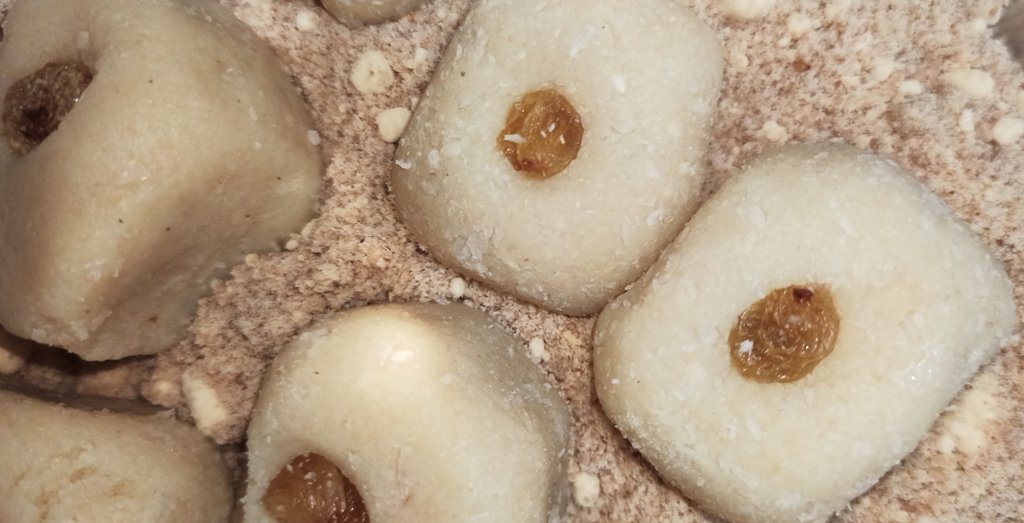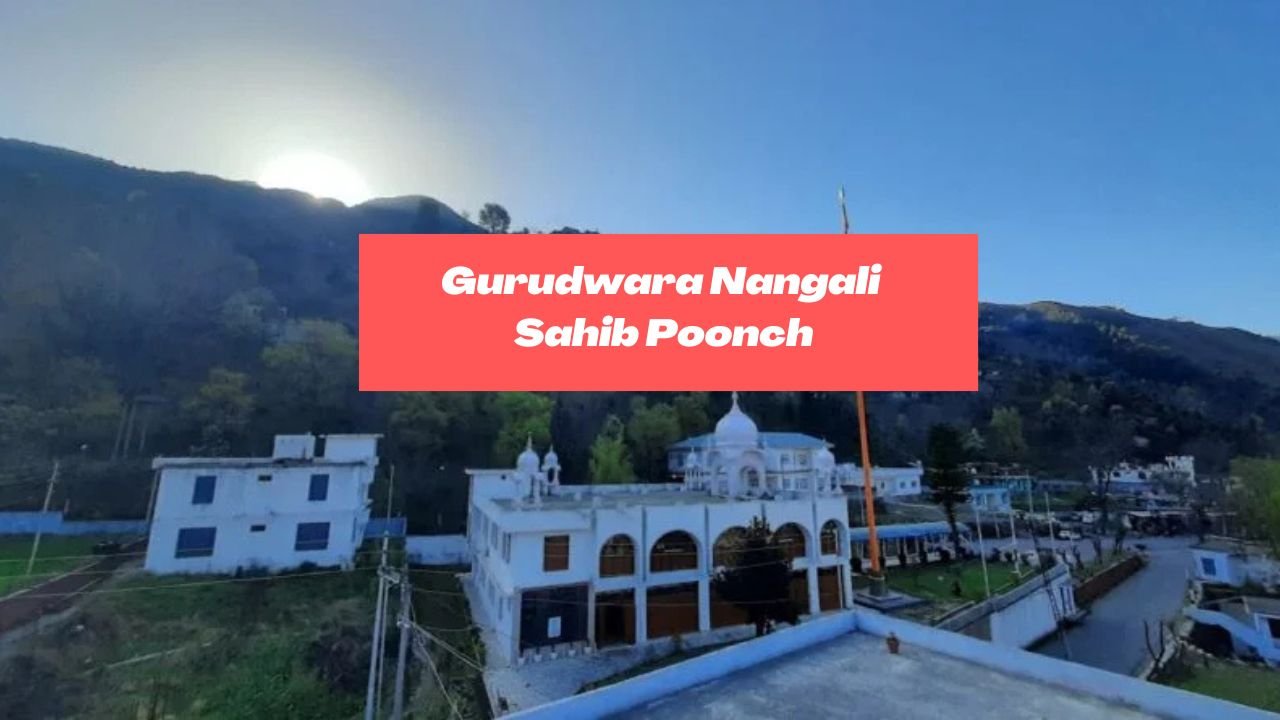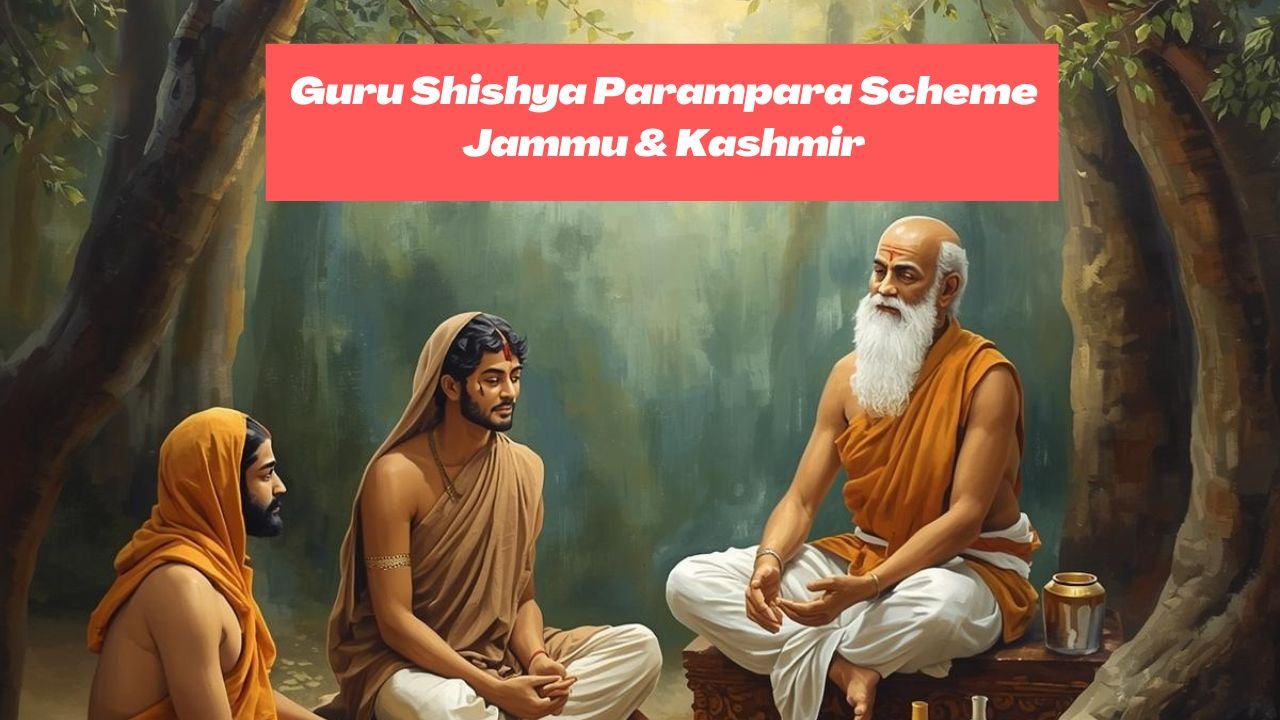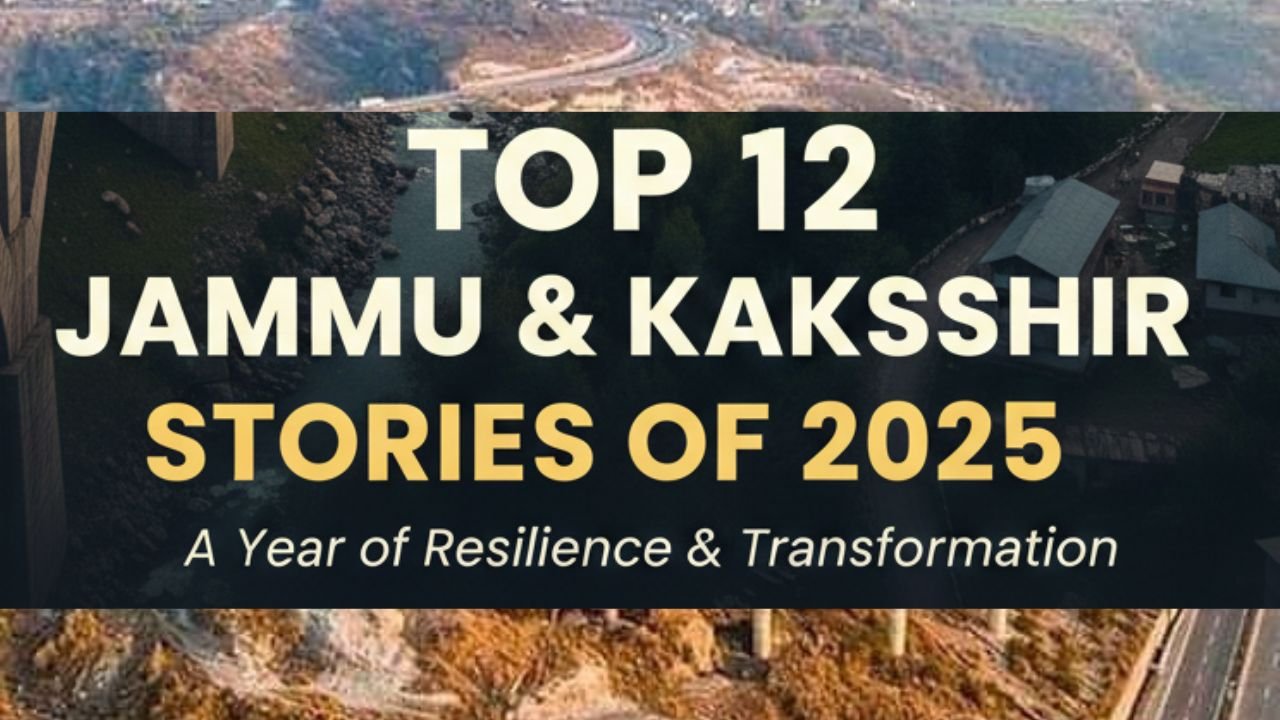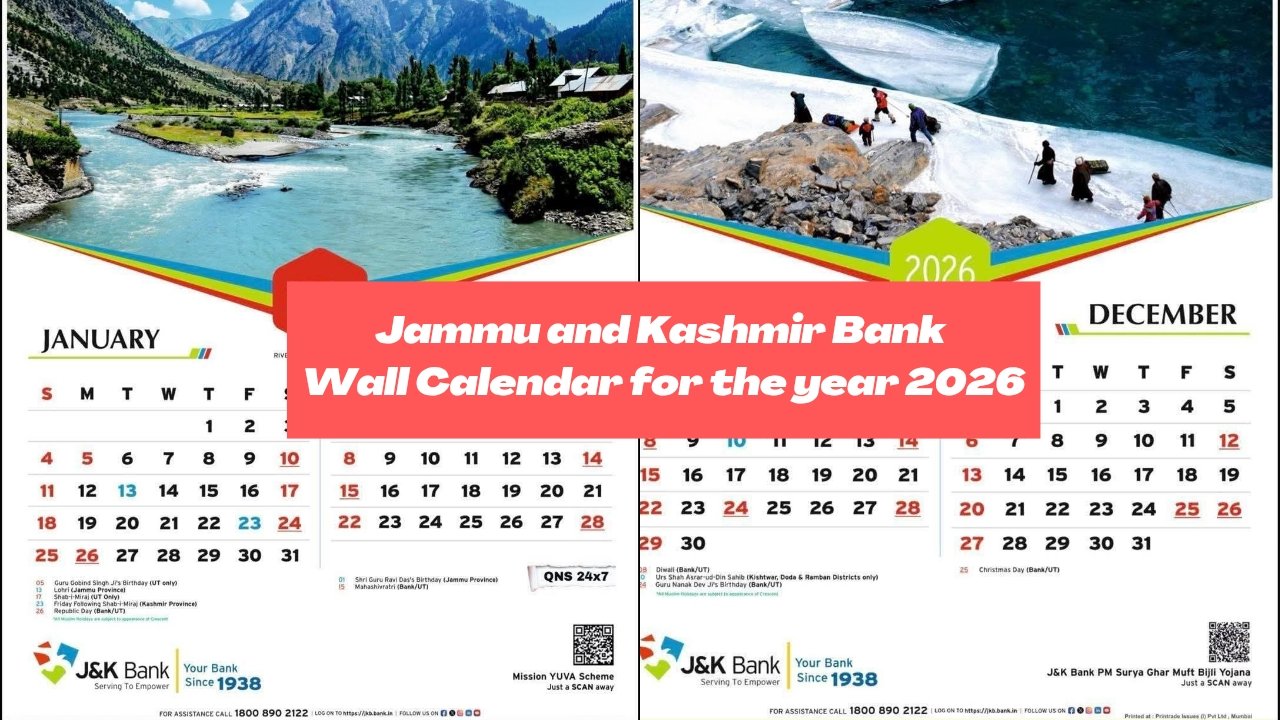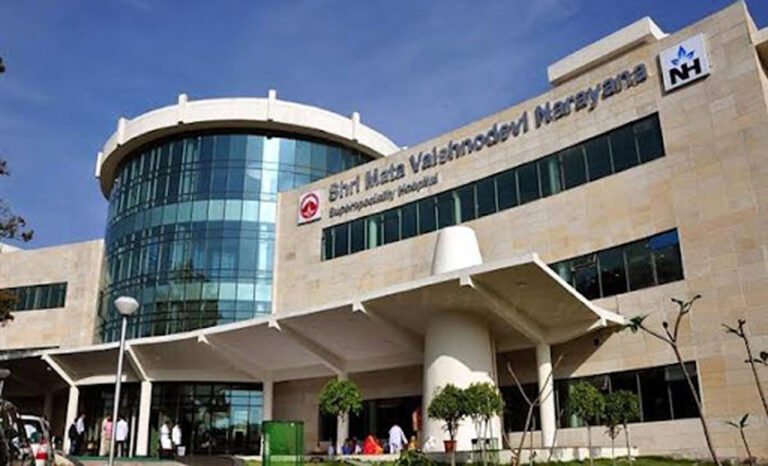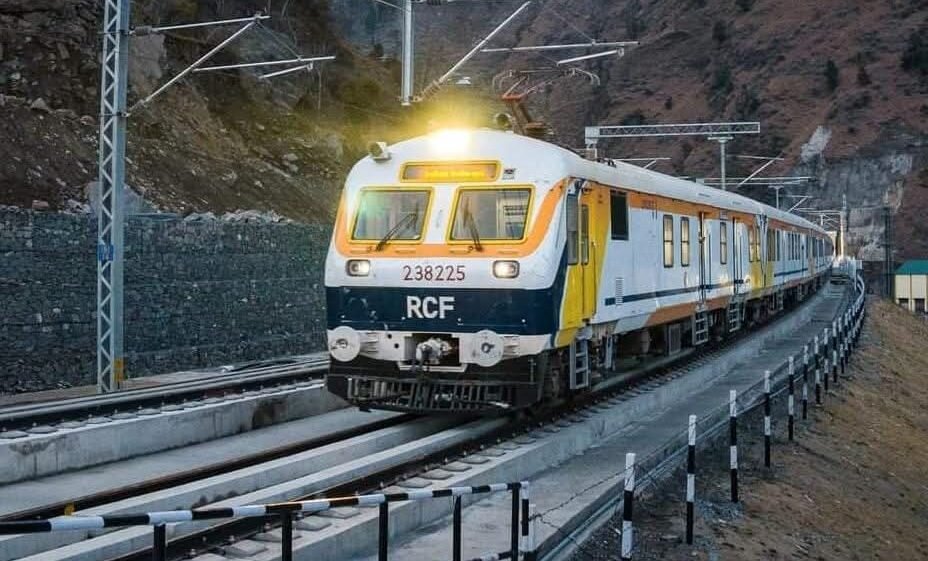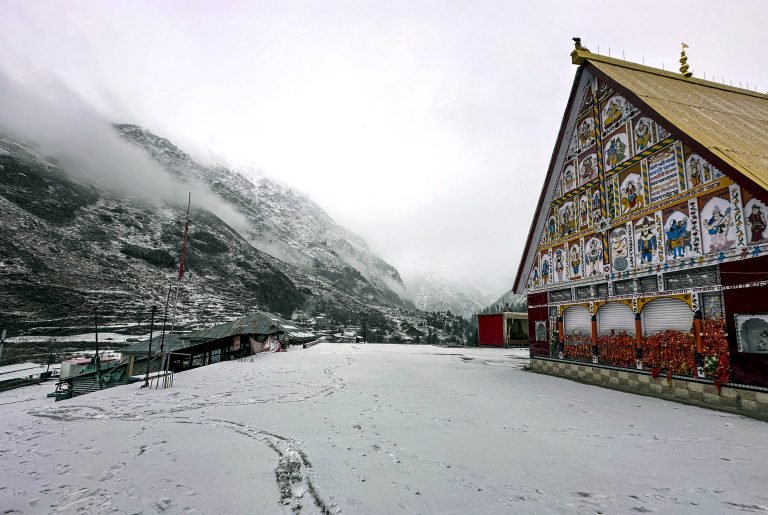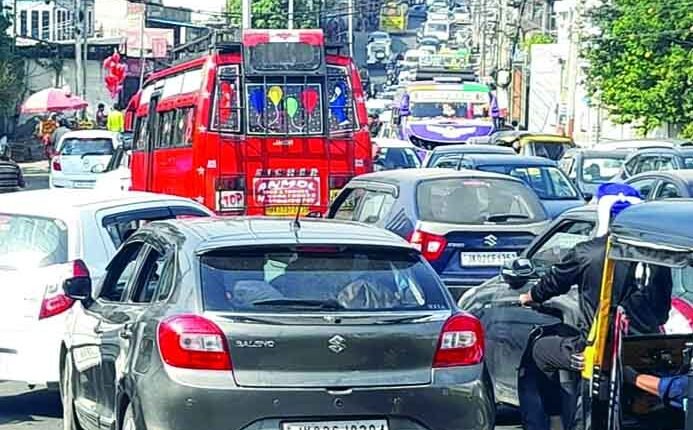Written By: Anmol Gupta
As per the Census of India, 2011, the country had 640 districts. The number of districts has since increased to 707 with more new districts being created across several states. It is generally believed that the level of governance and the delivery of service will improve once the size and population that the District Administration caters to decreases. Hence, across states there have been demands for creation of smaller districts. Till 2006, the state of Jammu and Kashmir had 14 districts and the number was increased to 22 with the creation of 8 new districts.
The Nowshera, Kalakote and Sunderbani areas of the Rajouri District in the Jammu region have recently witnessed a strong agitation for the creation of a separate district of Nowshera by dividing the existing Rajouri district. The agitators have proposed to include the areas of Kalakote and Sunderbani in the proposed district along with the Nowshera region. Although recently called off, the bandhs and protests organized to achieve the stated goal continued for more than 50 days. It was cited that since the current district headquarters in Rajouri Town is at a considerable distance from Nowshera it was causing unnecessary hardship to the residents of the area when it came to availing certain government services. Also, it was said that the move would create more government jobs in the Nowshera area in addition to improving the overall governance in the area. We may consider the various factors that will be at play if a new district of Nowshera is to be created.
Rajouri district has a size of 2,630 square km and a population of 6.42 Lakhs (as per 2011 census) making it the 508th largest district out of the total 640 in terms of population in the country.The district has 4 assembly constituencies Nowshera, Darhal, Rajouri and Kalakote which are further divided into a total of 7 tehsils ( Sunderbani, Budhal and Thanamandi in addition to the assembly constituencies)
Read also: The pain will be of Jammu alone!
As per the Census of India 2011, the Nowshera tehsil comprises 52 villages and the Nowshera town encompassing a population of nearly 89,282 people. The Kalakote tehsil with 68 villages has a population of 72,667 while the Sunderbani tehsil with a population of 64,215 has 43 villages and 1 Town. Thus, the new Nowshera district being demanded if created will have a population of around 2.25 Lakh people making it the 590th largest district in terms of population in the country and 20th largest (out of 23) in the state. By comparison the largest district in J&K in terms of population is Jammu with 15.26 Lakh people. The district if created will have a total area of approximately 1000 square km making it larger than Ganderbal, Kulgam, Shopian and Samba Districts within the state and smaller than the 18 other districts.
Also, out of the total 22 districts currently in the state, 10 are in Kashmir, 10 in Jammu and 2 in Ladakh. Therefore, an arrangement wherein Jammu has a higher number of districts vis-a-vis Kashmir is not likely to happen given the Kashmir centric nature of the polity and the fact that Kashmir province has a higher population than the Jammu province. Therefore, if a new district of Nowshera will be created it has to be counterbalanced by new districts in Kashmir which at this point of time looks unlikely.
Although for the time being the Joint Action Committee has suspended the agitation citing the assurance given by the government (and the creation of ADC posts at tehsil level) but the chances of creation of a new district seem remote in the foreseeable future even if the agitation resumes at a later date. In addition, a segment of the agitators providing platform to Hurriyat Conference leader Devinder Singh Behl to push forward his anti-India agenda has upset a large section of the Nationalist population in Jammu who were earlier sympathetic to the cause. This combined with the earlier news of anti-India sloganeering by the agitators has only hurt the chances of the demand being met by creating an unfavourable opinion in the minds of a large segment of the population in the region.
[The opinions expressed in this post are the personal views of the author. They do not necessarily reflect the views of Jammuvirasat.com. Any omissions or errors are the author’s and Jammuvirasat.com does not assume any liability or responsibility for them.]


